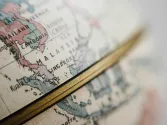Metering smartly- A case for India
By Prima Madan & Vivek DhariwalTechnological advancements, is changing the way or rather simplifying the way electricity is measured and communicated to both producers and consumers. One such advancement gaining ground, across the world, is the use of Smart Metering technologies in the power sector.
Smart Meters are basically electricity meters that are capable both of measuring and recording energy consumption in short intervals. They allow two-way communication, between energy providers and consumers of electricity.
Smart meters are becoming the meter of choice in many countries (such as Italy, Sweden, Australia, Canada and UK), they enable suppliers to provide accurate bills without manually reading the meter; help the management of supply and distribution remotely and assist customers reduce their consumption by providing accurate real time data on their consumption, which can be accessed as frequently as required (although a half hourly interval is common).
Often these meters are supplied with a display unit so that consumers see in real time how much electricity they are using.
More specifically:
The ability of smart meters to communicate with utilities provides the following measures to manage power better and reduce losses–
• Load management –Smart meters can relay information back to Distribution companies as to when the demand for power is maximum, so that suitable strategies such as time of day (TOD) tariffing can be adopted.
• Prevention of theft and pilferage – With “Smart” meters in place, a feedback can be sent back to the utility in case of theft and pilferage to reduce commercial losses.
• Monitoring the quality of supply – “Smart” meters can also provide customers a real time analysis on the quality of power being supplied.
Relevance for India
India, with its growing economy and ever increasing demand for electricity, use of smart metering technologies can potentially offer several benefits and help solve some of the most pressing challenges of its power sector.
The practice of accurate energy consumption accounting still remains elusive in the country.
However, with the focus of policy makers on the reduction of AT&C (Aggregate Technical & Commercial) losses along with the availability of funds from the union government through various programmes, the scenario could potentially change for the better to improve electricity metering in the country.
The market for electricity meter (static and electromagnetic) has witnessed rapid expansion with growth of 32% between 2008-09 and 2010-20111. This growth rate can be largely attributed to government mandates and policies, which are encouraging metering of power consumption for all customers.
The Central Electricity Authority (CEA) guidelines, which have mandated the use of static meters, have seen the Indian energy meter market shift largely to static meters from earlier electromechanical meters.
With a maturing status of metering in the country and growing government interest and support, adoption of smart metering technologies is emerging to be the most relevant next step.
By appropriately collating data, communicating it both to utilities and consumers, smart meters would enable Indian utilities, manage better and potentially help reduce peak power deficit (which reaches 12-15% in major cities2), one of the biggest problems of the Indian power sector.
Reduction in commercial losses is one of the principal advantages of using smart metering, particularly of relevance for India, which arguably has the highest Aggregate Technical and Commercial losses in the world at about 28% (CEA, 2011).
Smart meter implementation can also potentially save the costs of manual meter reading, and help utilities overcome problems related to electricity theft, poor billing and collection inefficiencies. One of the largest long term benefit, also highlighted and observed in other countries, is its role in effective implementation of demand side management programmes and helping the country move towards improving energy efficiency.
For instance, suitable rewarding tariff mechanisms for consumers that aid in reducing peak power demand can be implemented with these meters.
Initiatives undertaken so far
Realizing the importance and need, certain government initiatives are leading the way for a move towards metering smartly in the country.
The India Smart Grid Task Force (ISGTF) an inter-ministerial group initiated by Ministry of Power, Government of India has been serving as a government focal point for all activities related to smart grid3. Under the ISGTF, in March 2011, a Smart Meter Task Group was formed to discuss the development of cost effective metering solutions that can be applied within the Indian context.
The ISGTF plans to come up with 12 smart grid pilots in the country by next year, with specific inclusion of smart meters. These it envisages as a stepping stone to a large scale roll out in the following years based on the learning of the pilots.
The Central Electricity Authority of India (CEA) is also developing specification for Smart Meters in India. The draft specifications for single phase smart meters were recently completed by CEA.
In addition, The India Smart Grid Forum4 has been formed as a non-profit voluntary association of public and private stakeholders with the prime objective of accelerating the development of smart grid technologies, with a specific working group on metering amongst the eight working groups under the Forum.
Besides these national level initiatives, several state level initiatives have also been adopted to improve metering in India. For instance, some of the advanced features such as automatic meter reading, time of day metering and prepaid metering are being planned for implementation by state utilities.
For example, Maharashtra State Electricity Distribution Co. Ltd (MSEDCL) plans to start prepaid metering for 10 cities in Maharashtra.
What Next?
It is expected that implementation of smart meters will touch every aspect of the power sector value chain and will bring value to the entire country. Thereby it is crucial to approach it in a way which is all encompassing and overcomes the currently posed barriers to smart meter implementation.
Some of the potential steps forward could include:
Developing a robust policy and regulatory framework: a well-structured roadmap for smart meter implementation for creating an enabling environment for market players, utilities and consumers is currently needed. Such a roadmap must ensure absolute synchronization between policies at central and state level.
Developing an institutional structure to ensure effective implementation: in a way which brings together all stakeholders and ensure appropriate allocation of responsibility. A premier body at centre level with state level nodal agencies responsible for implementation would be required.
Identifying the right meter specifications: best suited to Indian power sector is extremely crucial for success of implementation. For instance, inclusion of net metering functionality is important to promote distributed renewable energy generation in the country.
Building technological capacity and expertise: currently, the smart meters manufactured in the country rely heavily on imported components. Development of domestic capacity to produce meter components can go a long way in reducing per meter costs for the country.
Training the needed manpower and enhancing their skill set, is crucial for successful implementation and to reap benefits out of the huge pool of data that would be generated.
Designing of effective demand side management programmes: based on meters in way which ensures adoption of energy efficiency measures across consumer segments is needed.
Conducting pilots: it is widely felt that conducting pilots and testing the waters in terms of technology, consumer segments, etc. is important before a large scale roll out. Though smart meters do form part of the currently planned 12 smart grid pilots under the ISGTF, inclusion of right DSM components in these pilots is required.
Conclusion
Lastly, it will be most prudent for the country to turn to experience of other countries, which have already made the smart move. Several European countries, Australia and USA provide case examples of successful large scale roll outs as well as pilots of smart meters.
There is need to understand the experience of other countries, while tailoring it to specific circumstances of India and find a successful way forward to what promises to be a path breaking solution to some of the long pending problems of the Indian power sector.
References
64th Annual Report, 2010-11, Indian Electrical & Electronics Manufacturers Association from https://cea.nic.in/report.html, last accessed on 10th August 2012
3 https://www.isgtf.in/ last accessed on 14th August 2011
4 https://173.201.177.176/isgf/wgPage1.htm

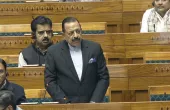
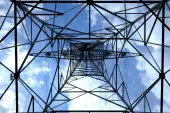
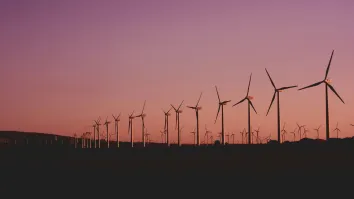
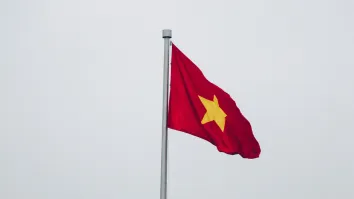
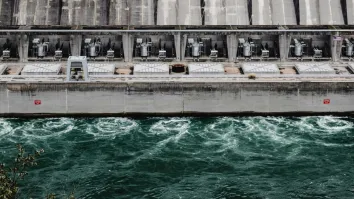
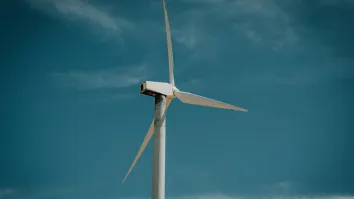













 Advertise
Advertise


